fact
.svg)
Sitting on Water
During my thirty years living on the waterfront of British Columbia, I have always had some sort of container in which to sit on the water. My first boat was a ten-foot dinghy that my late husband John Daly, a commercial salmon troller, equipped with a small electric motor to surprise me. He had the bizarre idea that I, a sometime canoeist from Ohio, could manoeuvre a boat on my own around our capacious Pacific coast harbour. The electric engine would be ideal for me, he thought. No rope to pull to start it up! No gasoline tank on board!

Evictions
When Malcolm Lowry’s shack on the beach at Dollarton, B.C., burned to the ground in 1944, he and his wife Marjorie were able to save the manuscript of only one of the novels that he was working on at the time. A few months later the same manuscript had to be rescued again when the house that friends found for them in Oakville, Ontario, also burned to the ground.

Re-hanging the National Wallpaper
When I lived in Ottawa in the 1970s, I used to enjoy passing lazy afternoons at the National Gallery looking at the pictures. I remember how surprised I was when I first encountered the Group of Seven collection. These paintings were completely familiar—I’d seen them in schoolbooks and on calendars, posters, t-shirts, everywhere—yet at the same time they were completely unexpected.

The Name of the Game: How Sports Talk Got That Way
It's been reported that my nephew in Ottawa needs to be encouraged to read, but he doesn't need to be encouraged to do sports. With this in mind I ventured into an unfamiliar genre. Sports books seem to come in two flavours—how-to books (which most t

The Medicine Line: Life and Death on a North American Borderland
The myth of the West in Canada and the U.S.A. issues largely from a country almost unknown to most North Americans: the wide plains that spill over the forty-ninth parallel between Montana and Saskatchewan. Beth LaDow, who lives in Massachusetts and




















.svg)













.jpeg)





































.jpg)
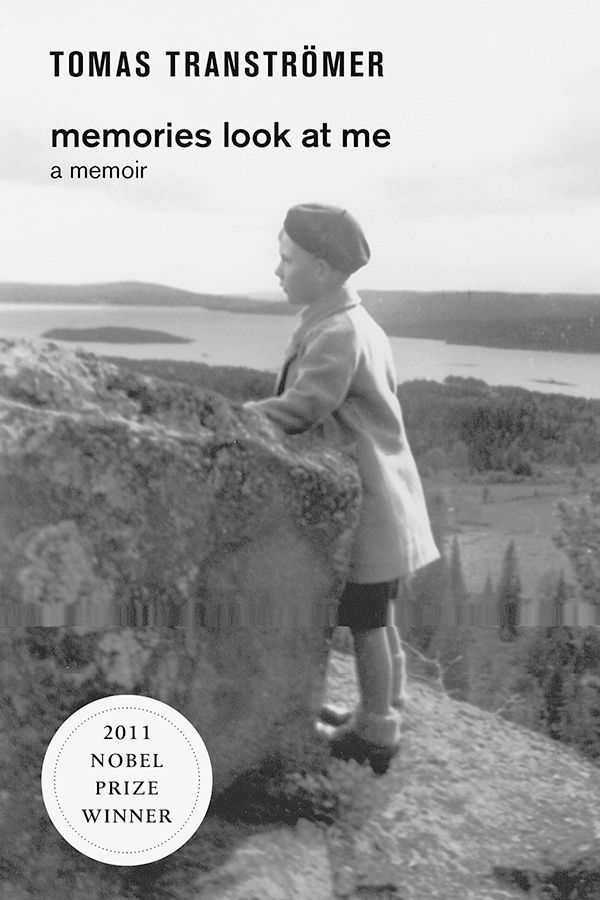
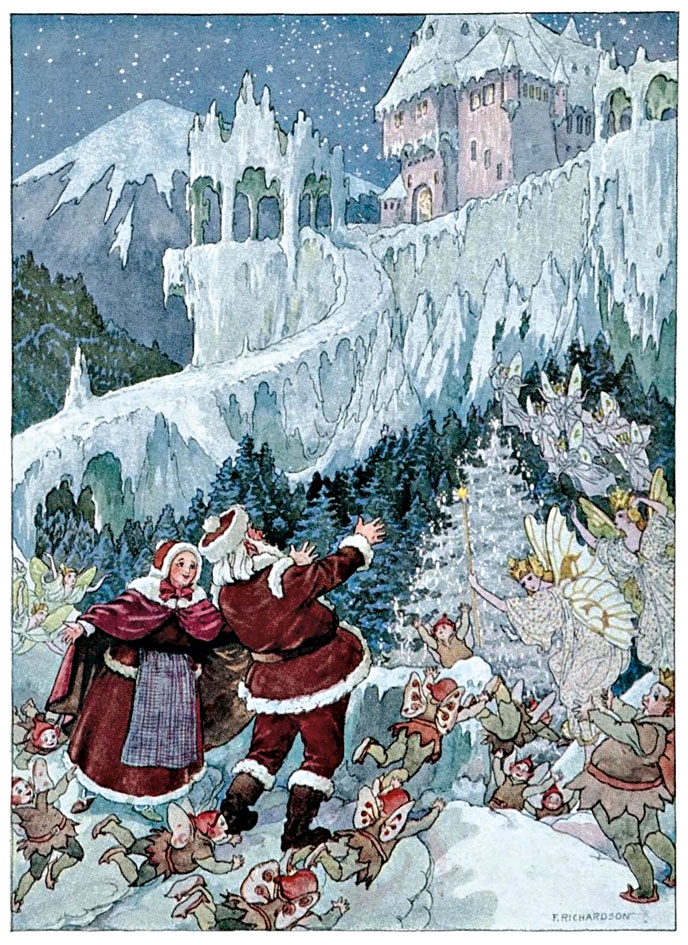
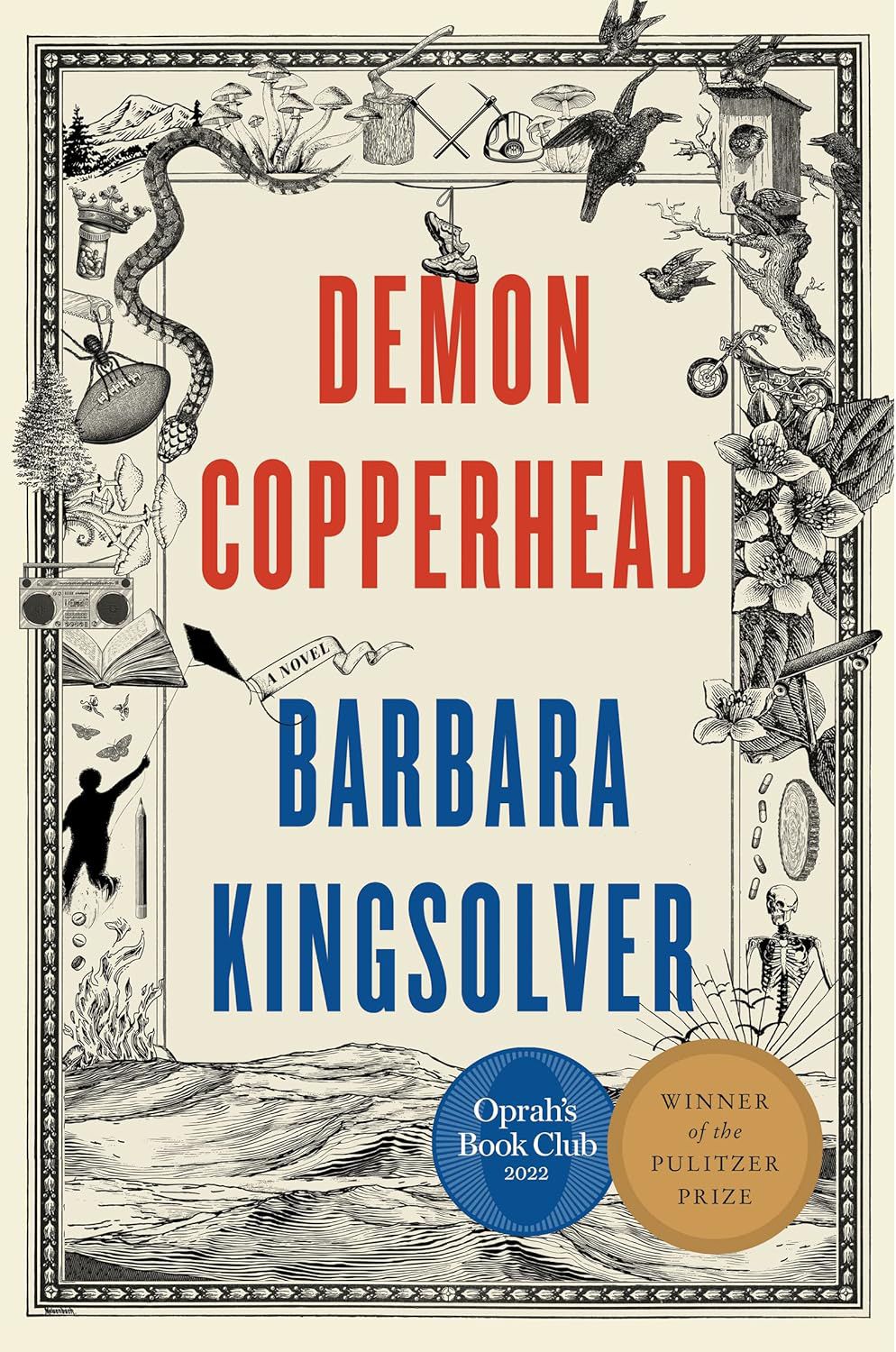





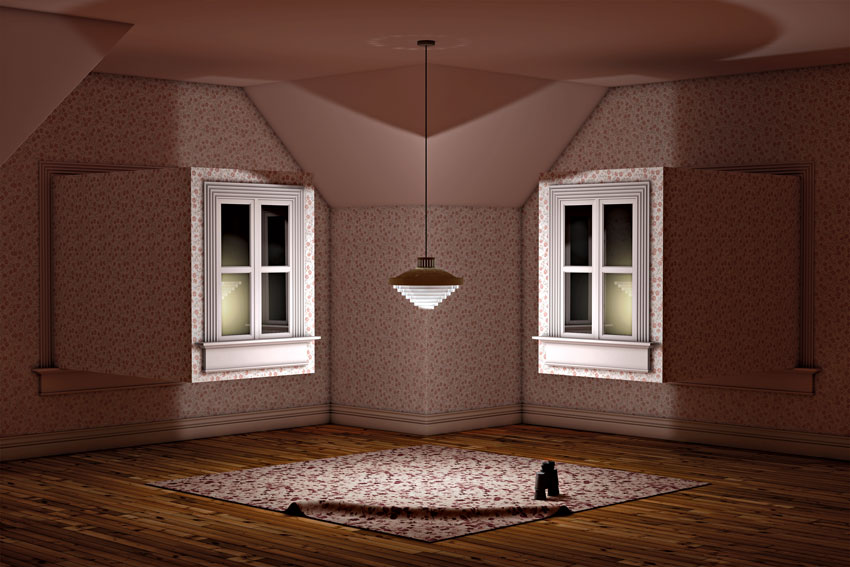

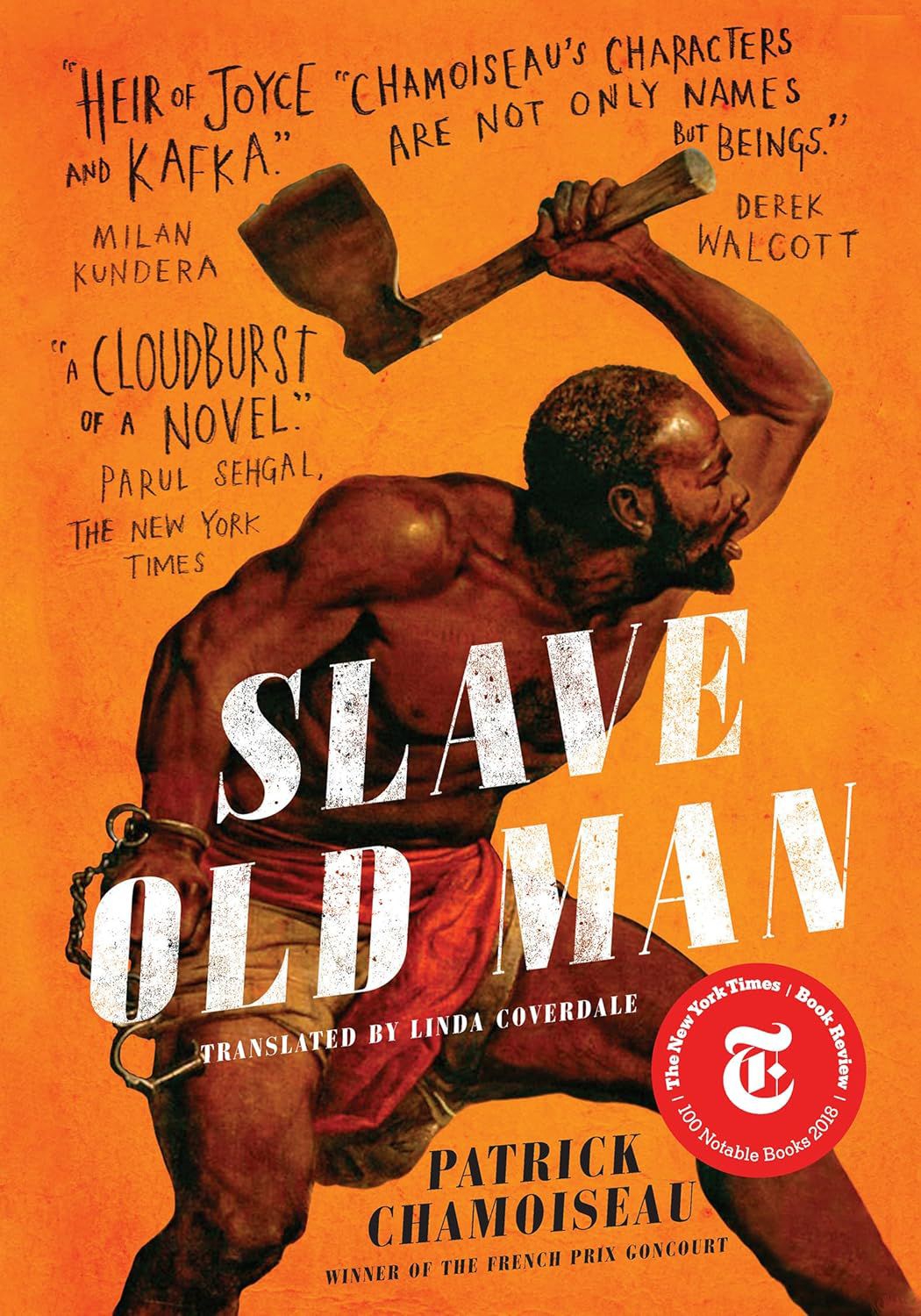
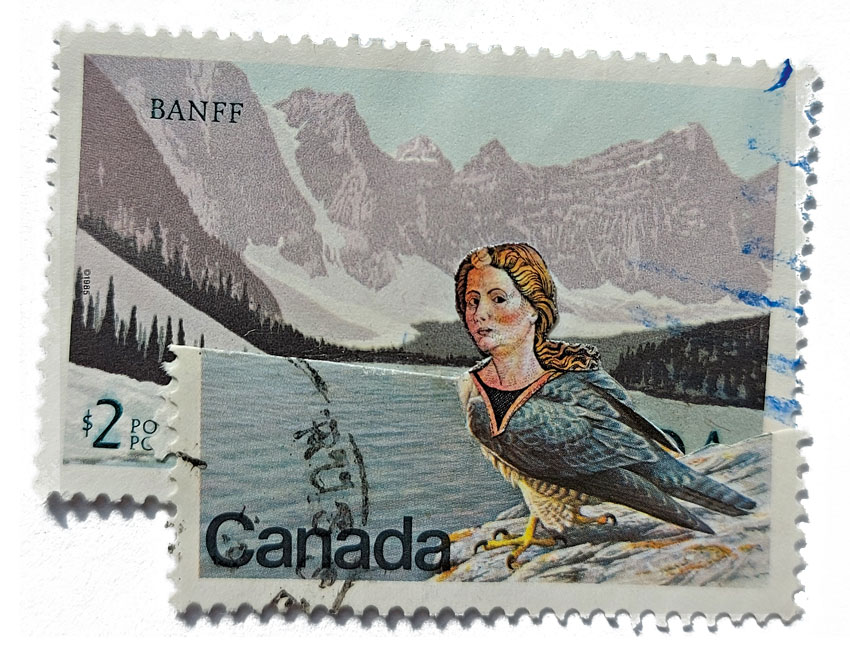
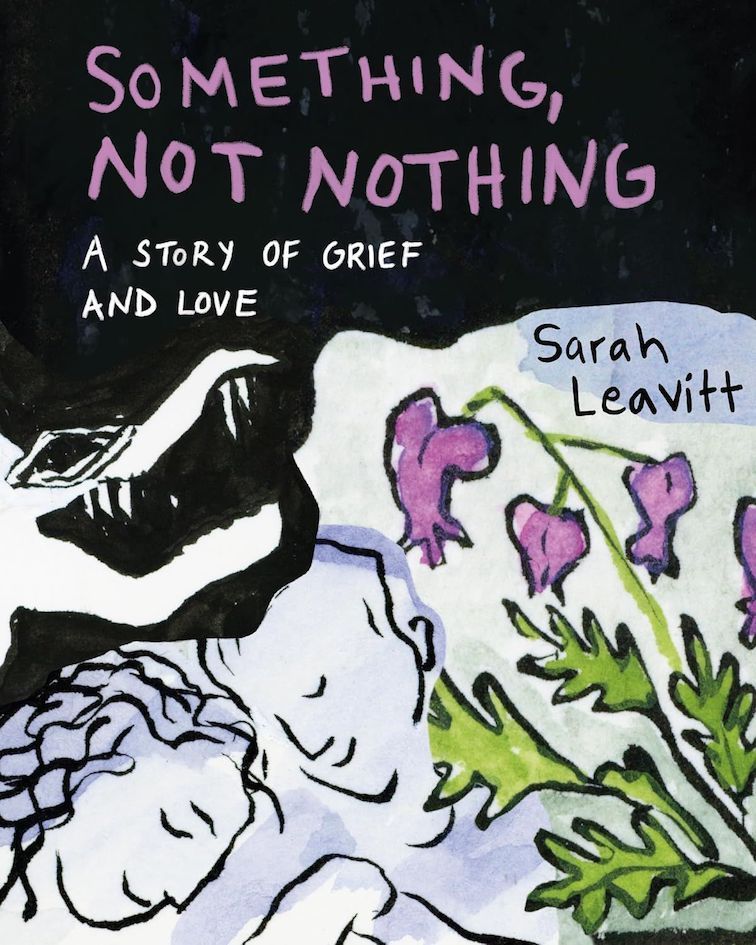









.jpg)